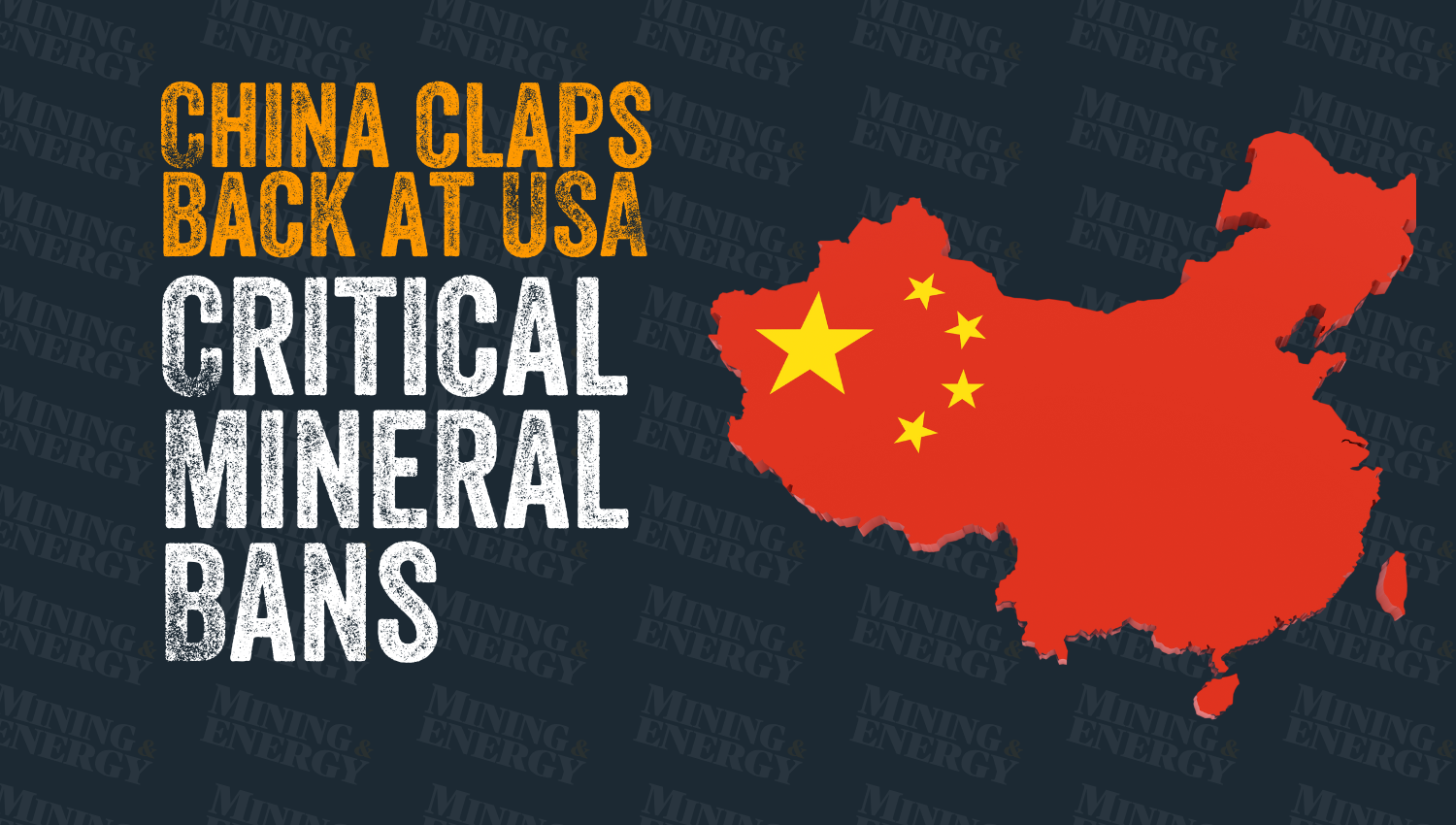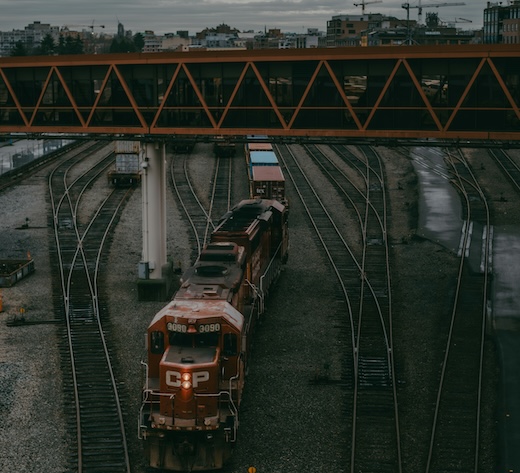New agreement makes it easier to sell Saskatchewan uranium to China

Key Lake in northern Saskatchewan is the world’s largest high-grade uranium milling operation. — Photo courtesy of Cameco Canada's prime minister use
Key Lake in northern Saskatchewan is the world’s largest high-grade uranium milling operation. — Photo courtesy of Cameco
Canada's prime minister used his February visit to China to announce a new agreement that will allow Canadian uranium companies to substantially increase their exports to China.
That’s welcome news for Saskatchewan, which boasts one of the highest grades of uranium deposits found anywhere in the world. It’s welcome news as well for Saskatoon-based mining company Cameo, one of the world’s largest uranium producers, with over 16 per cent of the world’s production sourced from its operations in both Canada and the U.S.
“This agreement, when finalized, will allow uranium mining companies to ship Canadian uranium to China,” said Robert Gereghty, manager of external communications for Cameco. “At this point, Cameco and AREVA are the only companies producing uranium in Canada.”
Cameco already has two major long-term supply agreements with China: one with the China Nuclear Energy Industry Corporation for 23 million pounds of uranium concentrate through 2020, and with China Guangdong Nuclear Power Holding Co. Ltd. (CGNPC) for 29 million pounds of uranium concentrate through 2025. However, this new agreement still stands to have a profound effect on Cameco’s future, especially in light of China’s plan to reduce its environmental footprint by increasing its base in nuclear energy.
“The potential is significant,” said Gereghty. “China is committed to increase its number of nuclear reactors, but does not have the domestic uranium supply capable of supporting its expansion plans. Our plan to increase annual uranium production to 40 million pounds by 2018 aligns well with China’s ambitious growth plan.”
Gereghty said that while events following the 2011 earthquake in Japan caused significant uncertainty and self-examination for uranium producers in 2011, it ultimately had little effect on business as a whole.
“The industry has taken action,” said Gereghty. “Countries with nuclear programs are reviewing regulatory standards, assessing the safety of existing facilities and the design of reactors under construction or in the planning stage.”
He said preliminary safety reviews are now complete and lessons are being applied that he expects will make the industry even safer.
“Last year, Cameco reported record revenue and gross profit,” said Gereghty. “As we look forward, we are encouraged by China’s ambitious growth plan for 52 net new reactors by 2021, which could account for about 25 per cent of world demand.”
Not to put all their uranium in one basket, Cameco does plan to maintain a balanced portfolio, including meeting commitments to supply more than 290 million pounds of uranium concentrate under long-term contracts with 54 customers worldwide, with 38 per cent of committed sales volume attributed to purchasers in the Americas, 36 per cent in Asia and 26 per cent in Europe.
Cameco’s success may also extend to Saskatchewan’s northern communities, since the company’s northern workforce is over 42 per cent aboriginal. Tammy Cook-Searson, chief of Lac La Ronge Indian Band, Saskatchewan’s largest first nation, said in a statement released shortly after Harper’s announcement that the agreement “will mean more investment, job opportunities, business development and community support initiatives that will continue to benefit Saskatchewan’s north over the coming years.”




